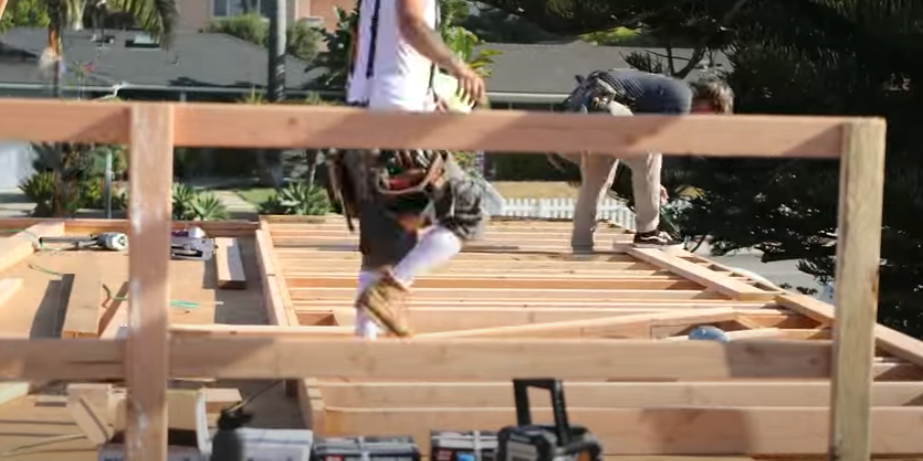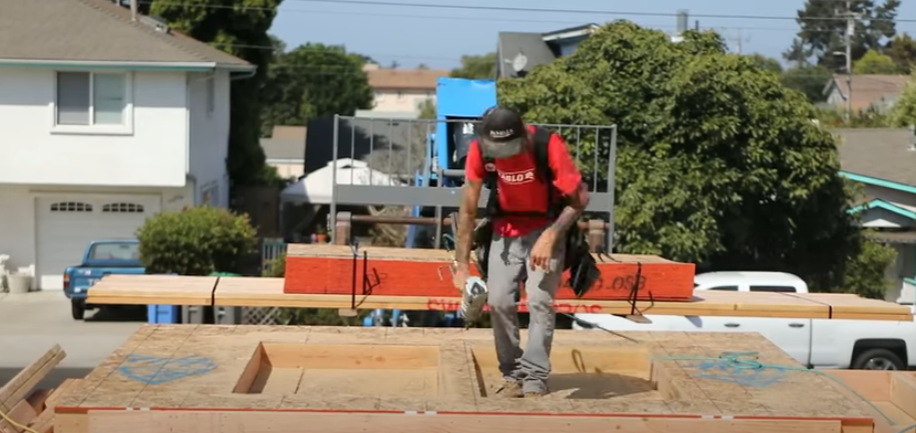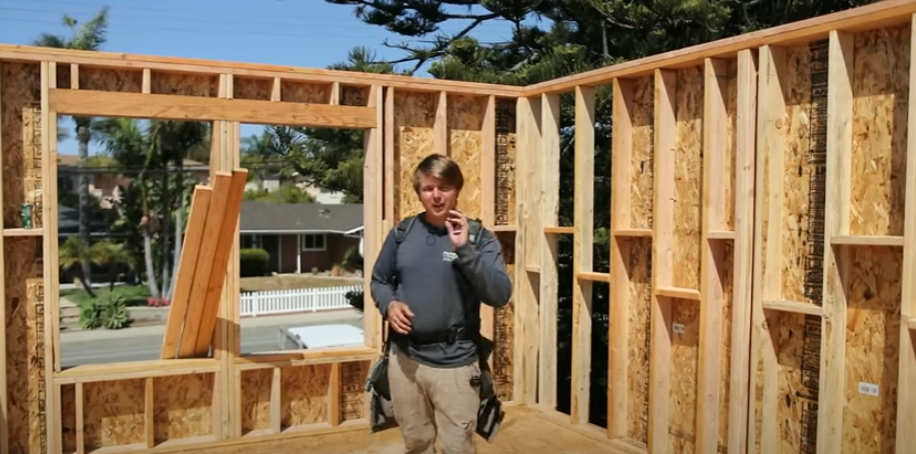Walking up to an abandoned framing project, you’re immediately met with the raw, unfinished bones of a house that once promised to become someone’s dream home. Exposed lumber, partially braced walls, and empty window openings tell the story of a project that lost momentum. Maybe funding dried up, maybe contractors made mistakes, or maybe unforeseen structural issues forced everything to a halt. Regardless of the cause, standing before an abandoned framing project begs the question: can this house ever get back on track?
The answer is yes—but only with careful assessment, planning, and execution. In this article, we’ll dive into the steps needed to breathe life back into a stalled build, the challenges that come with reviving abandoned framing, and the mindset required to push through setbacks to ultimate completion.

Step One: Assessing the Damage
Before hammering another nail, the first step is always assessment. A house left mid-framing often sits exposed to the elements—rain, wind, snow, or humidity. Time itself becomes an enemy as wood absorbs moisture, warps, and sometimes begins to rot.
Key elements to inspect include:
- Structural Integrity of Lumber
Look for warping, splitting, or bowing in studs, joists, and rafters. Even slight distortions can affect the stability of the structure. Moisture stains and soft spots may mean replacement is necessary. - Foundation and Connection Points
Since the framing rests on the foundation, check for cracks in concrete, shifted piers, or compromised anchor bolts. If the base is unstable, continuing with the frame is pointless. - Fastening and Bracing
An abandoned frame may not have been fully secured. Temporary bracing could be inadequate, and nails or connectors may have rusted. Ensuring stability is essential before work resumes. - Code Compliance
In many abandoned projects, inspectors may have already flagged deficiencies. Reviewing permits, inspection reports, and local code requirements provides a clear roadmap of what must be corrected.
A licensed structural engineer is often brought in at this stage. Their evaluation separates what can be salvaged from what must be torn down, saving both time and money while ensuring safety.

Step Two: Stabilizing What Remains
Once the condition of the frame is understood, stabilization becomes the next priority. The goal is to prevent further damage while preparing for reconstruction.
- Reinforce Walls and Floors: Add temporary braces, blocking, and supports to prevent shifting or collapse.
- Protect Against Weather: Tarps, house wrap, or temporary roofing can shield exposed lumber from additional moisture.
- Remove Compromised Material: Any wood showing signs of mold, rot, or serious warping should be removed immediately to avoid contamination or structural weakness.
This step is about stopping the bleeding—making sure that what’s still standing can safely support the next phase of construction.
Step Three: Creating a Recovery Plan
Reviving an abandoned framing project is not as simple as picking up where things left off. A recovery plan must account for what has been lost, what needs correction, and what future challenges may arise.
A solid recovery plan typically includes:
- Budget Review
Costs often increase due to demolition, replacement, and delay-related expenses. A realistic financial plan avoids further stoppages. - Updated Timeline
A revised schedule considers weather, crew availability, and inspection requirements. - Revised Design (If Needed)
Sometimes changes must be made to correct past mistakes or to adapt to current codes. - Clear Communication
If multiple contractors or stakeholders are involved, establishing clear roles, responsibilities, and expectations prevents confusion moving forward.
This is the point where owners must ask themselves: am I committed to finishing this project? Restarting is a serious undertaking that requires determination and resources.
Step Four: Resuming Construction
With assessment and planning complete, work can finally resume. But getting back on track doesn’t mean racing forward recklessly—it means deliberate, methodical rebuilding.
- Rebuild Weak Areas First: Replace damaged studs, joists, or rafters, ensuring that all load paths are properly restored.
- Re-Square and Align: Walls and floors must be straight, level, and plumb. Any misalignment now will magnify later when roofing, drywall, and finishes are added.
- Strengthen Connections: Modern building codes often require metal connectors, hurricane ties, and reinforced headers. These should be applied to bring the frame up to standard.
- Move Quickly to Enclosure: Once the structure is sound, installing sheathing, roofing, and house wrap is crucial. The faster the building envelope is closed, the less risk of further weather damage.
This is the stage where momentum is rebuilt. Each completed task restores confidence that the house is finally moving toward completion.

Common Challenges in Getting Back on Track
Reviving an abandoned framing project isn’t easy. Some of the most common challenges include:
- Hidden Damage
Mold behind framing, unseen foundation cracks, or termite damage can add unexpected delays and costs. - Permitting and Legal Hurdles
Expired permits may need to be renewed, and building officials may require additional inspections or even partial demolition before granting approval. - Contractor Turnover
If the original builder is no longer involved, new contractors must be brought up to speed, which can lead to disagreements over responsibility for existing work. - Financial Strain
Extra costs can put homeowners or developers in difficult positions. Without proper funding, the risk of abandonment repeats. - Emotional Fatigue
Perhaps the most overlooked challenge is the mental strain of reviving a failed project. Owners often feel burned out, but perseverance is key.
Success Stories: From Abandonment to Completion
Not every abandoned framing project ends in failure. Many houses have been successfully revived and now stand as completed homes filled with life.
- The Moldy Midwestern House: After sitting exposed for nearly a year, one home was almost written off. But after removing warped studs, applying mold remediation, and bringing in a skilled framing crew, the project was completed. Today, it’s a fully functional family home.
- The Budget-Crunched Cabin: A cabin project stalled when funds dried up, leaving the frame uncovered for months. With new financing and a strict recovery plan, the frame was stabilized, and the cabin is now a thriving vacation rental.
- The Developer’s Nightmare: A multi-home project was abandoned after the first house failed inspection. A new team of engineers redesigned the structural system, salvaged what they could, and completed the subdivision. It became a profitable turnaround story.
These examples prove that with persistence, even severely abandoned projects can find new life.
Lessons Learned for Future Builds
Getting a house back on track teaches valuable lessons that apply to all construction projects:
- Do It Right the First Time
Cutting corners in design, labor, or materials only leads to higher costs later. - Plan for Contingencies
Budget overruns and weather delays are common. Having a buffer makes recovery possible. - Document Everything
Detailed records of inspections, permits, and contractor agreements prevent confusion during recovery. - Don’t Delay Enclosure
The sooner a frame is protected, the lower the risk of weather damage and abandonment.
Conclusion: A House Worth Finishing
An abandoned framing project represents a dream interrupted—but not necessarily destroyed. With careful assessment, stabilization, planning, and execution, it is entirely possible to get such a house back on track. The process requires patience, persistence, and sometimes a willingness to redo work, but the reward is worth it.
In the end, every completed home that once stood as an abandoned frame becomes a testament to resilience. It proves that even when projects falter, determination and good building practices can turn setbacks into success.


